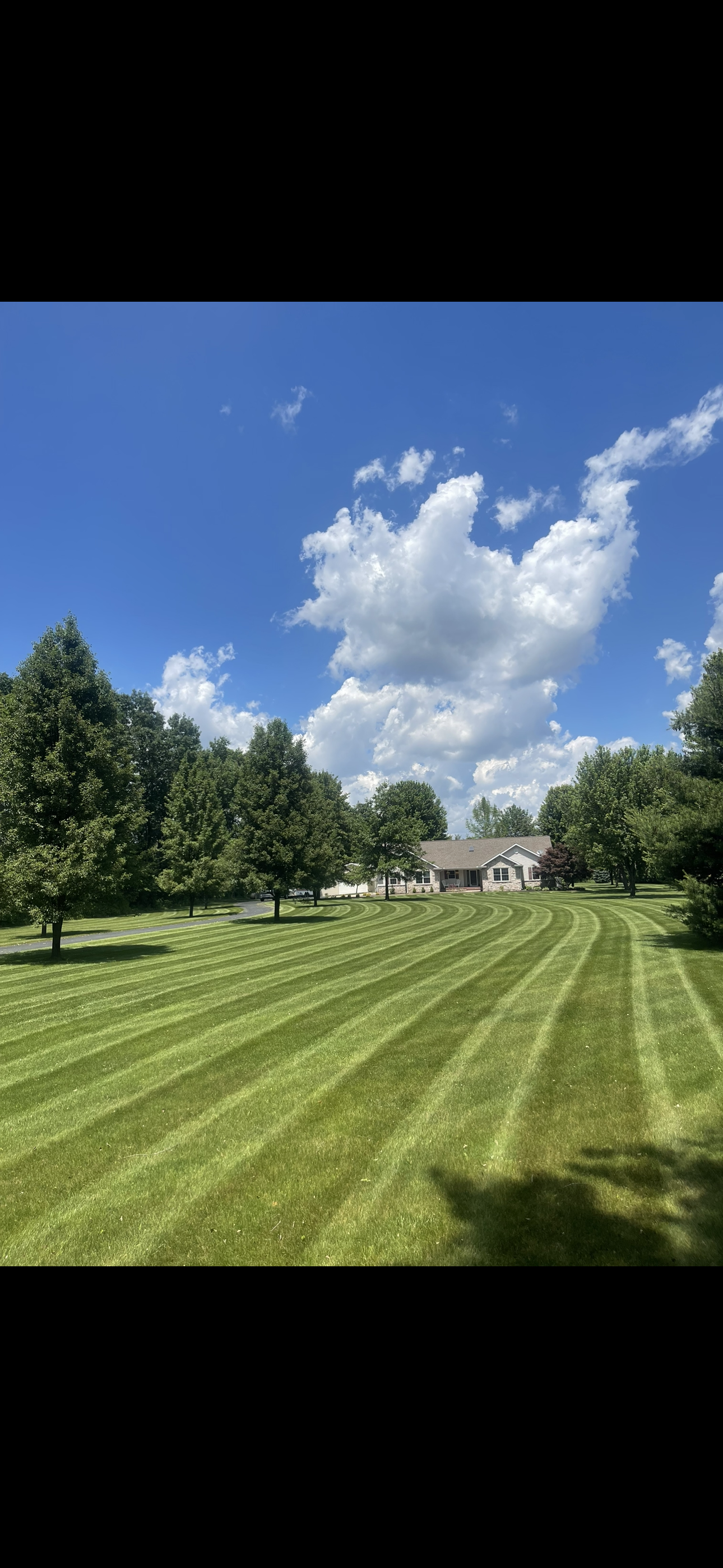
Designing with Texture: How to Create Depth and Interest in Your Landscape Sep 06, 2025
The journey begins with understanding what texture means in the context of landscape design. Texture refers to the physical surface quality of plants and materials. Some components might have a fine texture, such as delicate feathery leaves, while others may have a coarse texture, like rugged bark or large, bold foliage. By skillfully combining these various textures, you create contrast and interest that naturally draws the eye across the garden.
One foundational step in adding texture is selecting the right plants. Consider incorporating a mix of foliage types. For example, the airy plumes of ornamental grasses juxtapose beautifully against broad-leaved shrubs. Choose plants like ferns for their intricate fronds and complement them with the bold leaves of hostas. This contrast in texture provides a deeper layer of visual intrigue and can even give the illusion of a larger, more expansive space.
Beyond plants, textures can be introduced through hardscape elements. The use of different materials in patios, pathways, and retaining walls can greatly influence the feel of your landscape. Think of stone paths with rough surfaces leading to smooth wooden benches or metal sculptures. The contrast enhances the sensory experience and creates a unified look that still surprises.
An often-overlooked aspect of designing with texture is the interplay of light and shadow. Leaves with a finer texture, like those of a Japanese maple, can cast interesting shadows that dance in the sunlight—adding an enchanting dimension to your garden. Positioning plants and structures strategically to harness natural light can enrich the visual impact of your landscaping.
Texture also plays a pivotal role in the seasonal transformation of landscapes. By using plants that offer different textures throughout the seasons, you ensure that your garden remains vibrant year-round. For instance, in autumn, the structure of barren branches paired with evergreen shrubs can offer an elegant outline and texture contrast.
When planning your landscape with texture in mind, remember that balance is key. Too much of one texture can feel overwhelming or monotonous. A balanced mix of textures keeps the eye engaged and guides the observer naturally through the landscape. It’s like crafting a symphony where each instrument, from the deep bass notes of pine trees to the light, high notes of trailing vines, contributes to the overall harmony.
At First Class Grass LLC, our expertise in landscaping and hardscaping services ensures that we bring your vision of a textured garden to life. Our approach is not just about planting but about creating an environment that speaks to you and invites you to explore and enjoy.
In conclusion, designing with texture is an inviting process that opens a world of possibilities for your landscape. By thoughtfully combining elements of varying textures, you're not just designing a garden; you're crafting a living, changing piece of art. Whether you're in the planning stages or ready to transform your yard, let texture be the guide to your enchanting outdoor oasis.
/filters:no_upscale()/media/bfdfde9c-90d6-41ff-96dd-3bf937898a6b.jpg)
/filters:no_upscale()/filters:format(webp)/media/7ec8d3c6-4951-4dc8-9563-27011319eb15.png)